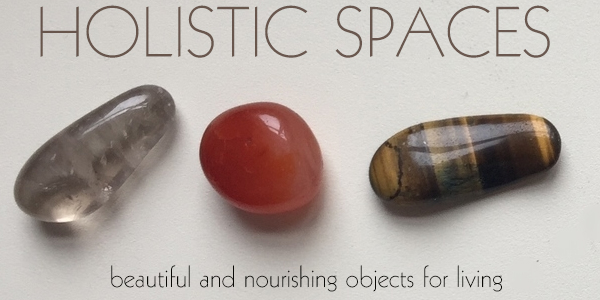Shrugging off the busyness and stress of the day is easier when you’ve got a dedicated sanctuary space. Even if you’re not a bibliophile, creating a reading nook can be one way to escape and unwind without leaving your home. Don’t think you have the square footage for a dedicated spot? Think again. With these 6 tips, you’ll be curled up with a good book in no time.
Find your nook
Think outside the box. A good reading space may be nestled into a sunny corner of your bedroom, tucked into an alcove of your living room or even hidden away in a closet. Select a space that is large enough to fit, at minimum, something to sit on, and is accessible to a light source. The perfect nook will be in a quiet place away from distraction. If possible, and if you'd like to, aim for a nook placed in the Knowledge area of the feng shui bagua map. If you can't, don't worry. It's not required!
Pull up a seat
What’s your ideal chair? Does it engulf you in fluffy comfort? Do you want something you can curl up in or a seat that lets you dangle your legs over the arm? Is a bean bag a good fit or is a hanging chair more your style? This is your space to unwind. Pick the seating that best fits your style and space.
Add a small table
No need to go big if you’re tight on space. A small end table would suffice. You need a place to hold your cup of tea (or glass of wine!), your book, and reading glasses. If space allows, go ahead and personalize some more by adding your favorite plant or candles.
Set the borders
Your nook should be a clearly marked sanctuary space. A decorative screen delineates the line between your reading nook and the rest of the room, while giving you the flexibility of opening your nook up to the whole room if you need the space. If that’s not your style, experiment with drapes or a sheer canopy hung from the ceiling. Check out my tips on separating small spaces using a curtain.
Light it well
Of course, a good reading nook requires proper lighting. Tap natural light resources when you can. Streaming sunlight brings warmth and comfort to any space. For evening reading or spaces with limited sunlight, add a small side lamp to your table.
Make it you
This is, after all, your sanctuary. You don’t have to paint the walls of your dedicated space to make it special (although you can!). Add wall art, paper lanterns, book shelves, and other small touches to personalize your nook and make it inviting.
If you’d like to learn more about feng shui check out the Mindful Design Feng Shui certification program. Laura Morris and I launched our program in September 2018. To get on the list about it, sign up at: www.mindfuldesignschool.com.
Mindful Design is a new way to learn feng shui. Our unique training program takes an holistic approach to learning the art of feng shui design. Mindful design is about becoming aware, and attentive, to the energy around you: both inner and outer qi. It is about promoting a better way of living and creating sacred spaces that support, and nourish.







